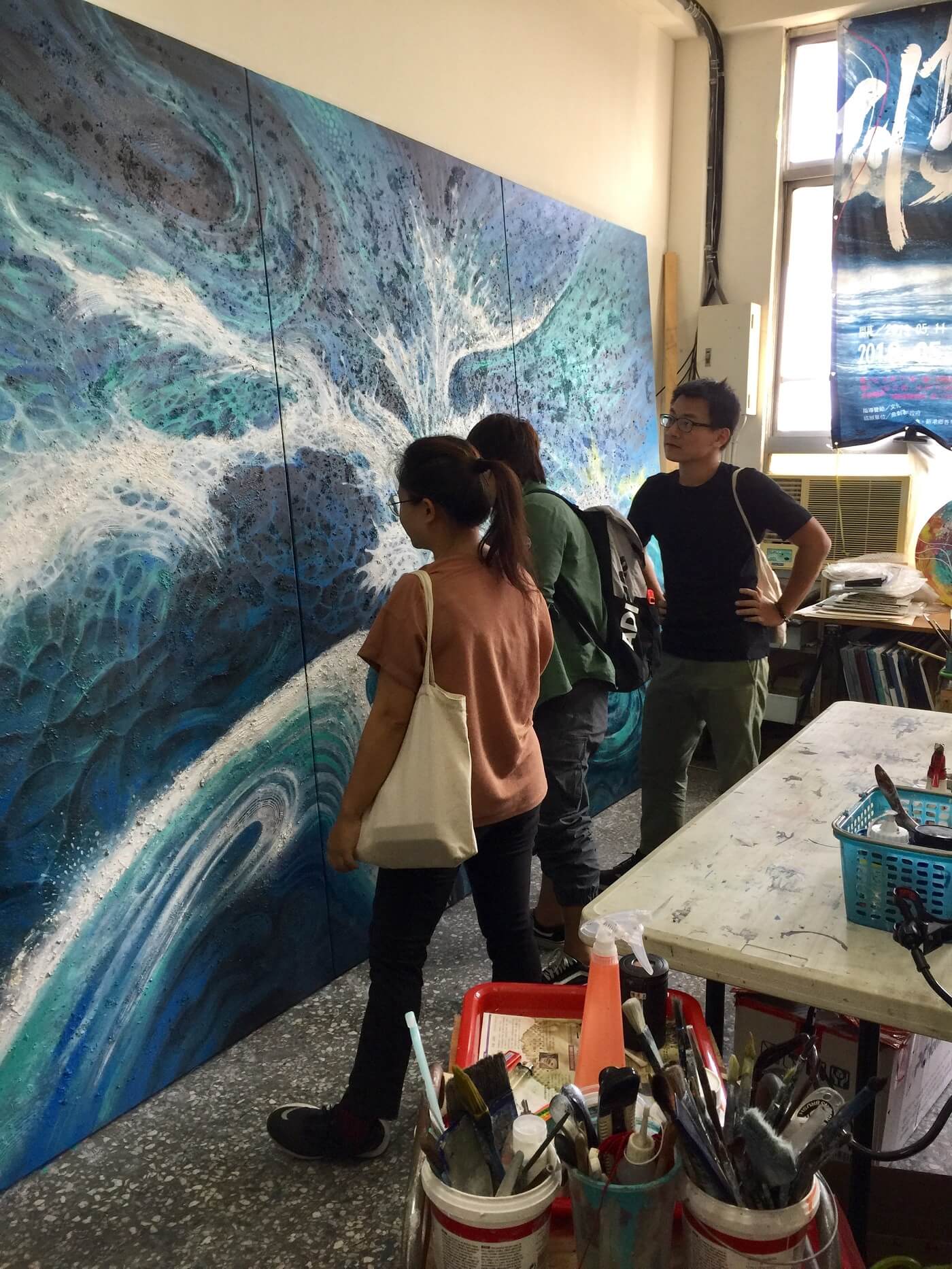

Developing Cultural Exchange for Taiwan and Indonesia: a Collaborative Project with the National Taiwan Museum
In partnership with the Education Department of the National Taiwan Museum, this project explored ways of developing human resources indispensable for cultural exchange and communication. After careful observation of duties delegated to each staff member and public engagement in Indonesian cultural events, some advice was given to ameliorate the planning process for the educational activities of the museum.
In the autumn of 2021, markets and fairs, music and dance performances, beauty pageant, and interactive programs were planned to celebrate the Independence Day of Indonesia. After the program was designed, project observers from the SEA plateaus added short articles introducing various aspects of Indonesian Culture with the intention that public events, in addition to their entertaining purposes, can be equally informative and instructive. In addition to the Indonesian Independence Day’s Art and Culture Festival, the Museum also organized the Batik & Ikat Festival. In this event that emphasized the making experience, instructors showed fabric samples, photographs, and information sheets to give participants background knowledge about this traditional craft popular in the Indonesian archipelagos. In order to enhance the participating experience of the Taiwanese general public and Indonesian immigrants, the instructors were also asked to pay particular attention to their moderating and communicating skills in order to accommodate people with special needs. Moreover, the significance of participants’ feedback was reasserted in the process of implementing educational programs.
Distinctively different from exhibitions organized in the past, the public-engaging activities this time offered new sensory experiences to visitors and even welcomed residents and students who have moved from Indonesia to share their creative skills. With the increasing participation of people from a wider range of social backgrounds, cultural equity can be thus achieved. As for project observers, they had the precious opportunity to apply their theoretical learning in work and find ways of facilitating exchange programs professionally and sustainably.
 National Taiwan Museum
National Taiwan Museum
Established in 1908 when Taiwan was part of the Japanese Empire, the National Taiwan Museum is the oldest museum in this country. Its collections in natural history and anthropology enjoy a prestigious reputation here. Starting from 2014, the museum runs an engagement program targeting immigrants from Southeast Asia. Thanks to their language skills and cultural affinity with the targeted countries, immigrant volunteers can not only make Taiwanese history and culture more accessible to their compatriots but also help the museum enlarge the audience to broader groups.








